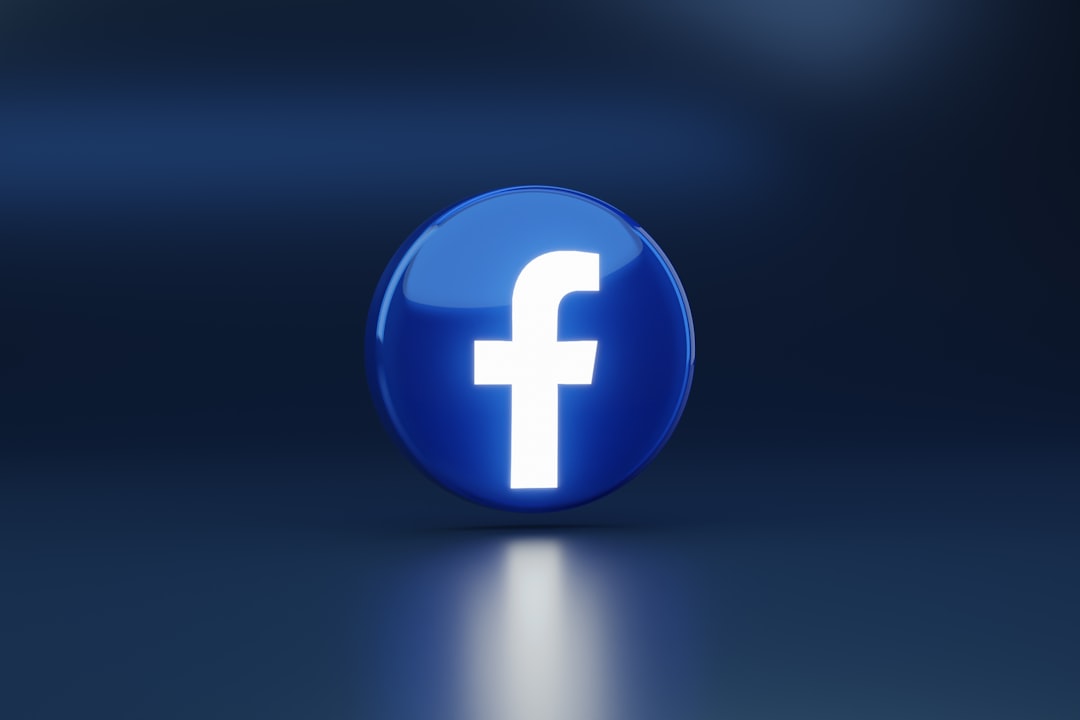Digital books, or eBooks, have revolutionized reading habits around the globe. With the convenience of portable devices and instant downloads, millions now carry vast libraries in their pockets. However, this evolution in publishing brought new challenges, particularly in digital rights management—or DRM. While eBooks afford great flexibility and access, DRM introduces limitations designed to prevent unauthorized redistribution. Understanding what eBook DRM is, how it works, and the legal ways to manage one’s digital library is essential for both casual readers and dedicated bibliophiles.
What Is eBook DRM?
Digital Rights Management (DRM) refers to the technological systems used by publishers and retailers to control how digital content is used. In the context of eBooks, DRM restricts copying, sharing, printing, and sometimes even reading across different platforms to protect the intellectual property rights of authors and publishers.
Most eBook DRM is implemented through encryption. When a user purchases an eBook from platforms like Amazon Kindle, Apple Books, or Barnes & Noble Nook, the file is encrypted so it can only be read using that vendor’s app or device. The goal is to prevent piracy and unauthorized distribution, but it also creates complications for readers who want to access their purchases more freely.

How Does eBook DRM Work?
eBook DRM works by tying a file to specific devices, accounts, or applications via digital licensing. This typically includes:
- User Authentication: Login or device ID verification before accessing content.
- Encryption: Transforming the book’s content into a coded format only decodable by approved software.
- Usage Restrictions: Limits on printing, downloading, or converting files.
Amazon uses its proprietary AZW format, which includes DRM that restricts opening the file on anything other than a Kindle device or app. Adobe’s DRM system, often used with EPUB files, uses Adobe Digital Editions (ADE) to authorize access to content on up to a limited number of devices.
The Impacts of DRM on eBook Users
DRM has sparked ongoing debates between publishers, authors, and consumers. While the main purpose of DRM is to deter illegal sharing, it often impacts paying users as well. Key frustrations include:
- Limited device compatibility
- Inability to loan or share legally purchased books
- Loss of access if a retailer or platform shuts down
Additionally, DRM challenges libraries and educational institutions that aim to expand public access to books. When each copy of an eBook is bound by licensing restrictions, it becomes more complex to manage lending systems and collection permanence.

Legal Ways to Manage Your eBook Library
While it’s tempting to look for methods to bypass DRM, such actions can violate both platform terms and national copyright laws. There are, however, legal and ethical ways to maintain and organize an eBook collection efficiently.
1. Choose DRM-Free eBooks When Possible
Some retailers and publishers offer DRM-free eBooks, which can be read on any platform. These files are usually in formats like MOBI or EPUB and are not encrypted. Popular sources of DRM-free content include:
2. Use Library Apps That Manage DRM for You
Public libraries offer digital lending through apps like OverDrive (also known as Libby) and Hoopla. These platforms handle DRM in cooperation with publishers, allowing users to borrow titles legally without needing to manage restrictions manually. Books borrowed from Libby automatically expire without users having to return them—it’s DRM, but reader-friendly.
3. Backup Within Legal Boundaries
Users can sometimes make legal backups of DRM-protected books for personal use. This usually requires that:
- The backup isn’t distributed to others.
- The DRM is not broken or removed unlawfully.
While laws vary by country, in most jurisdictions, fair use or fair dealing may allow personal backups, provided the DRM is not circumvented. Some eBook platforms offer cloud options that let users redownload purchases in case of device failure or loss.
4. Consolidate Libraries with Cross-Platform Tools
Organizing a digital library becomes easier with management tools like Calibre, an open-source eBook manager. Note, however, that Calibre does not remove DRM on its own. It helps catalog and format DRM-free content efficiently. With user-added metadata, covers, and sorting options, Calibre is highly useful for readers with large collections.
Alternatives to Traditional DRM
Some publishers now use soft DRM or social DRM, which embeds identifying data—rather than blocking access. These watermarks act as deterrents rather than barriers. This offers a middle ground by protecting copyrights while allowing user flexibility such as offline reading or format conversion.
Additionally, the rise of subscription models, like Kobo Plus or Scribd, changes the traditional ownership dynamics. The limitations are still present, but with temporary access as the default model, users often find fewer friction points with DRM.

The Future of eBook DRM
As both technology and readership evolve, debates around DRM and digital ownership continue. Legislative changes in regions like the EU have pushed for more consumer rights in digital ownership. At the same time, new formats and open standards may pave the way for more accessible and user-friendly solutions.
Ultimately, balancing the protection of creative work and providing fair access for readers remains the key challenge. By understanding what DRM is and how to legally navigate its implications, users can make more informed decisions about their purchases and literary collections.
Frequently Asked Questions (FAQ)
-
What does DRM mean in an eBook?
DRM stands for Digital Rights Management. In eBooks, it refers to the technology used to restrict how the digital file can be used, including sharing, copying, and converting. -
Is it legal to remove DRM from an eBook?
In many countries, removing DRM is a violation of copyright laws, even for personal use. Always check your local legislation before attempting any such actions. -
Where can I buy DRM-free eBooks?
DRM-free books can be found on platforms like Smashwords, Tor, Humble Bundle (for some titles), and Project Gutenberg. -
Can I share my purchased eBooks with friends?
Most DRM licenses prohibit sharing eBooks with others. Kindle, for example, offers limited sharing options, such as lending a book once for 14 days. -
How can I tell if an eBook has DRM?
Retailers often indicate this in the product details. If it doesn’t mention being DRM-free, it’s likely protected. Ask customer support if unsure.
